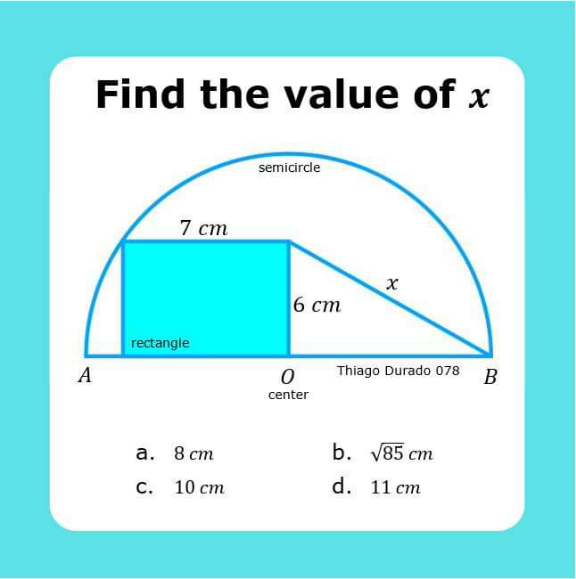
AllQuestion and Answers: Page 251
Question Number 196576 Answers: 1 Comments: 1

Question Number 196571 Answers: 2 Comments: 0

Question Number 196567 Answers: 0 Comments: 3
Question Number 196565 Answers: 1 Comments: 0
Question Number 196560 Answers: 2 Comments: 1

Question Number 196559 Answers: 0 Comments: 0

Question Number 196558 Answers: 0 Comments: 0

Question Number 196557 Answers: 1 Comments: 0

Question Number 196555 Answers: 0 Comments: 0
Question Number 196614 Answers: 2 Comments: 0
Question Number 196612 Answers: 0 Comments: 1

Question Number 196544 Answers: 1 Comments: 0

Question Number 196540 Answers: 1 Comments: 0
Question Number 196539 Answers: 0 Comments: 0
Question Number 196534 Answers: 2 Comments: 0
Question Number 196525 Answers: 1 Comments: 0

Question Number 196523 Answers: 2 Comments: 0
Question Number 196522 Answers: 1 Comments: 0
Question Number 196519 Answers: 1 Comments: 0
Question Number 196518 Answers: 1 Comments: 0
Question Number 196517 Answers: 1 Comments: 0

Question Number 196516 Answers: 1 Comments: 0

Question Number 196515 Answers: 1 Comments: 0
Question Number 196504 Answers: 0 Comments: 0

Question Number 196498 Answers: 1 Comments: 0

Question Number 196496 Answers: 1 Comments: 0

Pg 246 Pg 247 Pg 248 Pg 249 Pg 250 Pg 251 Pg 252 Pg 253 Pg 254 Pg 255
